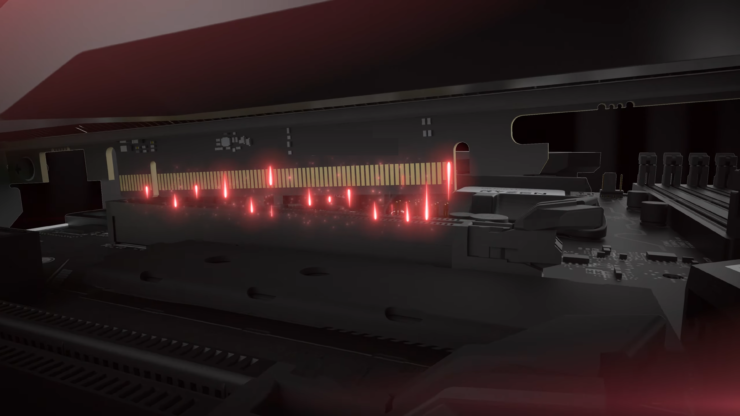
PCIe 8.0 to boast incredibly high bandwidth for blazing-speed transfers, but this is for the advanced computing and not for the client segment.
PCI-SIG Releases Specifications Draft for the PCIe 8.0; New Standard Will Offer 8X The Bandwidth of PCIe 5.0
PCI-SIG announced that its PCI Express 8.0 has just hit a milestone by reaching version 0.3. The newly announced specification draft confirms that the PCIe 8.0 will offer 256 GT/s raw bit rate and up to 1.0 TB/s of bandwidth bidirectionally. The first draft is complete, and version 0.3 is available to the member companies as shared by PCI-SIG in a press release.
PCI-SIG announced PCIe 8.0 last month, which will succeed PCIe 7.0, doubling the bandwidth from 128 GT/s to 256 GT/s, becoming the first PCIe standard ever to reach 1 TB/s of total bandwidth. Compared to the currently used PCIe standard on mainstream motherboards, i.e., the PCIe 5.0, it’s eight times higher. As you would expect, the PCIe 8.0 isn’t actually for the mainstream consumers, but for intensive workloads such as AI, quantum computing, and other disruptive tech.
For mainstream usage, the PCIe 4.0 and PCIe 5.0 are more than sufficient, and even the fastest graphics cards aren’t able to utilize the full potential of the PCIe 5.0 interface. Even the PCIe 6.0 is expected to become a standard for mainstream hardware only after 2030, as hardware manufacturers aren’t much interested in talking about newer PCI Express specifications. This was something we previously talked about, but the PCIe 6.0 will become mainstream for the enterprise market soon, and we already have Silicon Motion as one of the first to release a PCIe 6.0 SSD controller recently.
The PCIe 7.0 was announced earlier this year, and the PCIe 8.0 will be readied by 2028 for release, as stated by PCI-SIG. Some of the key features of PCIe 8.0 include Singal Technology, as it will continue using the Pulse Amplitude Modulation 4-level (PAM4) signaling, which is also utilized for PCIe 6.0 and 7.0. PCIe 8.0 is designed to support emerging technologies such as AI, Machine Learning, high-speed networking, edge computing, and quantum computing, addressing the growing demands of advanced computing apps.
That said, PCI-SIG is exploring newer connector technologies and interconnect solutions to accommodate such high speeds, and with the announcement of PCIe 8.0, PCI-SIG is maintaining its tradition of doubling the bandwidth every three years.
PCIe 8.0 Specification Feature Objectives:
Delivering 256.0 GT/s raw bit rate and up to 1.0 TB/s bi-directionally via x16 configuration
Reviewing new connector technology
Confirming latency and FEC targets will be achieved
Ensuring reliability targets are met
Maintaining backwards compatibility with previous generations of PCIe technology
Developing protocol enhancements to improve bandwidth
Continuing to emphasize techniques to reduce power



